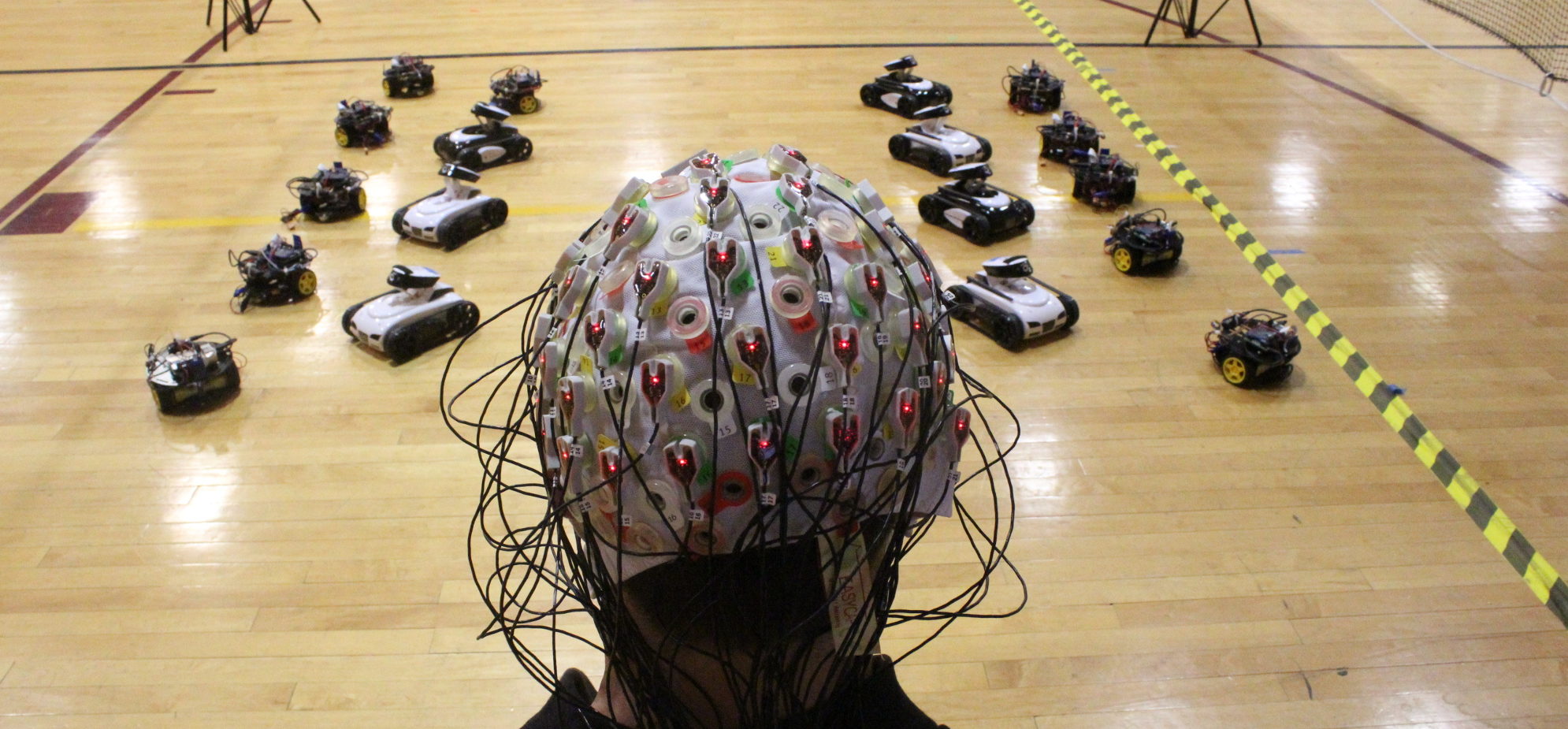
Robotics and autonomous systems
Pushing the frontiers of robotics research
To keep up with today’s high-tech demands, advanced factories are using robotic platforms and autonomous systems that are capable of carrying out a set of complex tasks at high speeds and in dangerous environments.
Robust research community and advanced facilities
With more than 25 state-of-the-art research labs in the robotics and autonomous systems field, ASU drives positive change in society by collaboratively pursuing advancements in robotics technologies, systems and education. A robust community of faculty, students and researchers solves problems in collaboration with industry, government and the public. These relationships allow all parties involved to produce the most impact possible, solving problems more quickly and effectively than they would on their own.
Hands-on innovation and entrepreneurial mentorship
ASU nurtures the next generation of robotics researchers through innovative educational practices and hands-on lab experiences. The robotics and autonomous systems program includes opportunities to develop creative abilities and apply their learning to real-world problems with capstone and applied projects presented within the Innovation Showcase.
Capstone projects – Spring 2025
-
A Quadruped-UR5 Robotics Testbed integrates a UR5 robotic arm and a quadruped robot to create an autonomous experimental setup. Combining sensor fusion and control algorithms, the system continuously collects, processes, and applies sensor data to optimize robot performance. The project…
-
This team’s project, Intelligent Voice-Controlled Mobile Manipulator, transforms a TurtleBot4 and MyCobot robotic arm into an intelligent, multi-modal robot. Using ROS 2, the system integrates live camera feeds, YOLOv8-based object detection, LiDAR-based obstacle mapping, and real-time IMU tracking. Voice commands…
-
This project explores predator-prey dynamics using TurtleBot 4 Lite robots in a ROS2 Humble environment. It integrates real-time sensor fusion (LiDAR, IMU, depth camera), SLAM-based mapping, and adaptive control strategies to simulate biologically inspired behaviors. The predator robot pursues a…
-
This team’s project integrates a UR5 robotic arm with an OptiTrack motion capture system under a ROS2 framework to automate material testing procedures. The UR5 receives real-time 3D coordinates from OptiTrack to precisely position and release a test apparatus onto…
-
This team’s project builds an indoor robot that can move to a goal location by itself. The team chose to use a TurtleBot 4 with sensors like LiDAR, IMU, and a camera, all connected to a Raspberry Pi running ROS2.…
Attend the Spring 2025 Innovation Showcase
Friday, May 2, 2025
10 a.m.–1 p.m.
Sun Devil Fitness Complex, Polytechnic campus